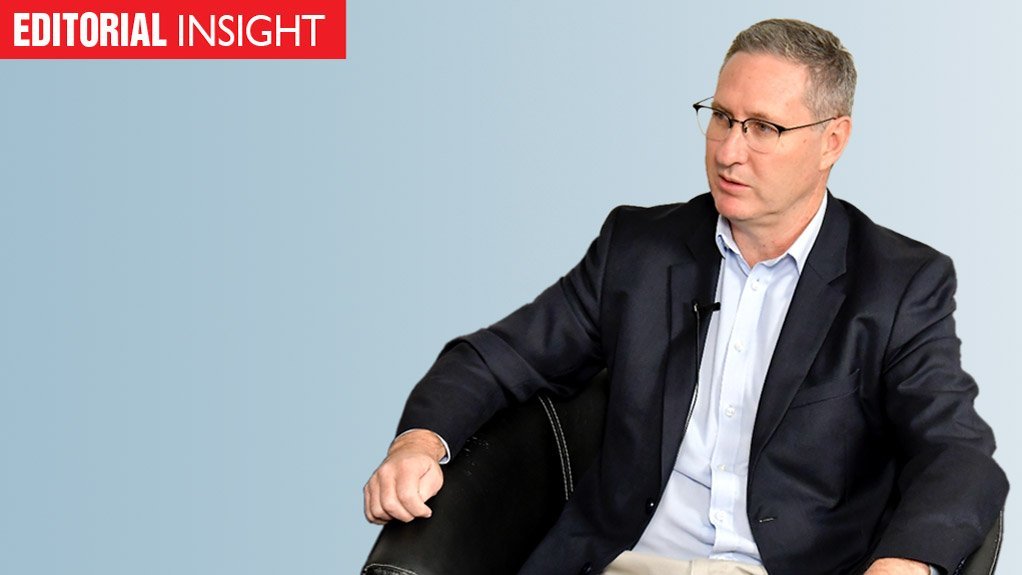Having some breathing space as a result of a R182-billion tax windfall is one thing, using it wisely is quite another.
Finance Minister Enoch Godongwana’s maiden Budget has provided the scaffolding for making the best use of these unexpected revenues. Instead of directing it all towards new spending initiatives, a more prudent pathway has been chosen, whereby the revenue will be apportioned so as to deliver some additional social protection, some debt reduction and some tax relief.
Such an approach may seem to be common-sense given South Africa’s weak growth outlook, its R4.3-billion (and rising) debt burden and average yearly debt-servicing costs over the next three years of R330-billion (higher than spending on health, education and policing). It was not inevitable, however, given the socio- political pressures and genuinely compelling calls for higher- levels of social protection in the context of extreme unemployment and growing poverty.
It is already clear that those pressures are going nowhere. In addition, a new round of collective bargaining on public sector wages will begin in March, and we know how that ended last time.
So how should this breathing space be used?
There needs to be a laser-like focus across government on raising the economy’s potential growth, or the rate of growth that this economy can sustain without generating excess inflation.
Currently, the National Treasury is projecting an expansion of 2.1% in 2022 and an average yearly growth rate of only 1.8% over the next three years.
At such low levels, there is simply no way of moving the job- creation needle, or providing the sustainable revenue base needed for expanded social protections. At these levels, higher public spending pressures can easily trigger the vicious cycle of higher tax rates and higher debt, which, in turn, constrain investment, leading to lower growth and, ultimately, a debt crisis.
The only way to avoid such an outcome in the absence of higher growth is to introduce the kinds of ‘fiscal anchors’ that the National Treasury is currently studying to limit spending, despite its failure, for various reasons, including Covid, to implement the previously announced expenditure ceilings.
To change the potential-growth landscape in a country where there are limited public resources (both money and skills) and a high propensity for waste and corruption, will require a far greater reliance on private investment.
Higher levels of private investment, however, hinges on confidence and policy certainty. And that is why progress on the much-talked-about structural reform agenda is so crucial. If these are implemented, confidence and certainty in areas such as energy, transport and telecoms will rise tremendously and investment will follow.
A National Treasury model of the economic impact of such reforms shows that gross domestic product increases above the baseline forecast outlined in the Budget and is 0.7 percentage points higher by 2024.
Therefore, if there is to be a “new consensus” it should be all about how to accelerate the already agreed reform agenda.
EMAIL THIS ARTICLE SAVE THIS ARTICLE ARTICLE ENQUIRY
To subscribe email subscriptions@creamermedia.co.za or click here
To advertise email advertising@creamermedia.co.za or click here











